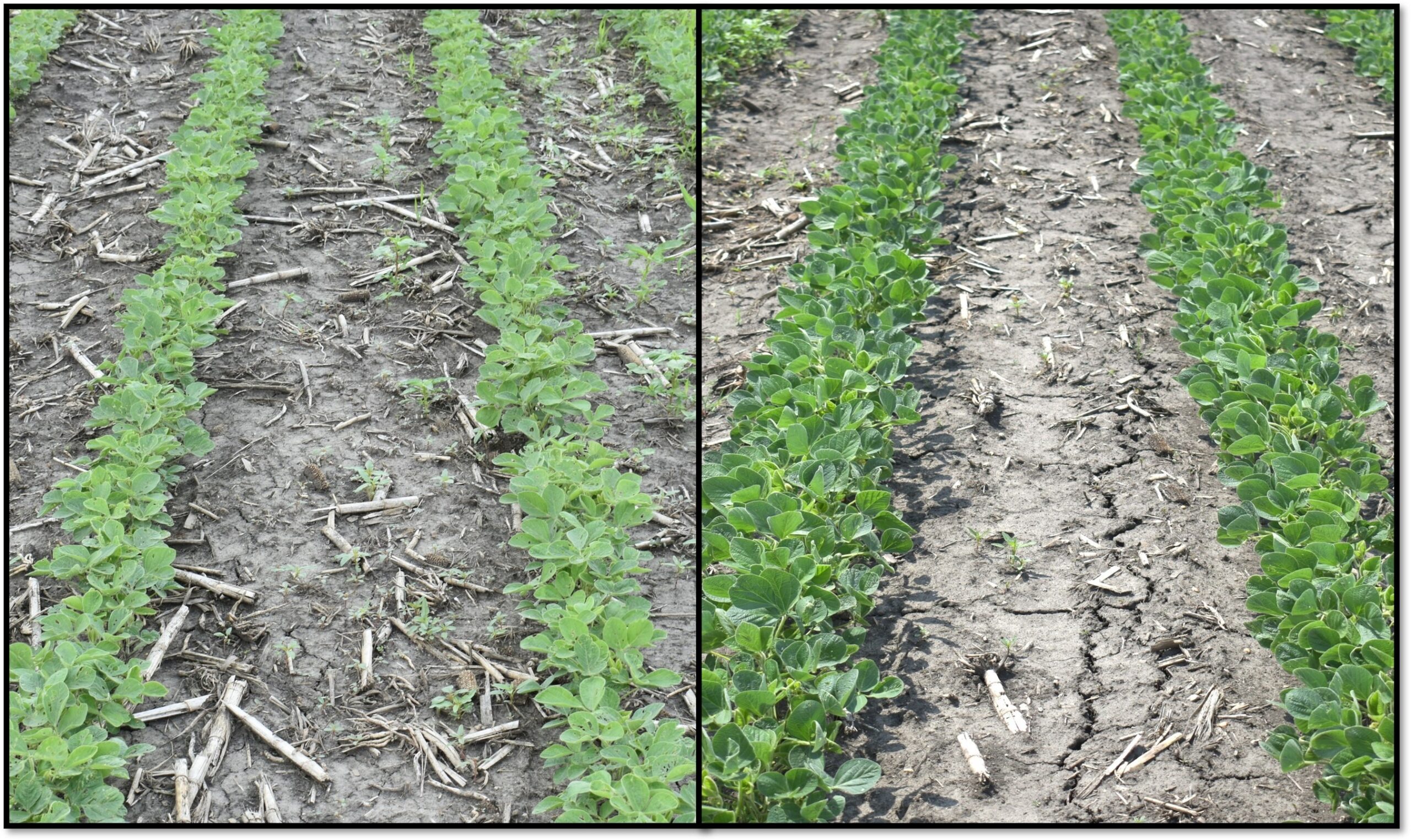Key Takeaways
- Study on Effective Herbicide Strategy: Research indicates a preemergence (PRE) and postemergence (POST) herbicide combination provides optimal weed control in early-planted soybeans.
- A full-rate PRE application extended POST application timing by two to three weeks in most cases.
- POST treatments with glufosinate, glyphosate, and ammonium sulfate were most effective when combined with a full-rate PRE treatment.
- Canopy closure timing played a role in late-season weed suppression.
- PRE-only treatments were less effective compared to POST-only or PRE plus POST applications.
Research Overview
A recent study published in Weed Technology, a journal of the Weed Science Society of America (WSSA), examined the impact of different herbicide treatments on weed control and yield in early-planted soybeans. Conducted in 2021 across three locations in Central Illinois, the study analyzed various herbicide application strategies to determine the most effective approach for maximizing yield while maintaining weed control.
“The research objective was to examine various herbicide treatments applied at different timings and rates to assess the effect on weed control and yield in early planted soybean,” said Aaron Hager, Ph.D., from the Department of Crop Sciences, University of Illinois, and the study’s corresponding author.
Herbicide Treatment and Findings
The study tested both PRE and POST treatments using different rates and timings:
- PRE Treatments:
- S-metolachlor plus metribuzin premix (Boundary) applied at either half or full-label recommended rates.
- Applied at planting or just before soybean emergence.
- POST Treatments:
- Glufosinate (Liberty), glyphosate (Roundup), and ammonium sulfate (AMS).
- Applied with or without pyroxasulfone (Zidua).
- Timed for application when weeds reached approximately 4 inches (10 cm) tall.
“Overall, we found that treatments comprised of a full rate of PRE followed by a POST resulted in the greatest and most consistent weed control at the final evaluation timing,” noted Hager.
Impact of Full-Rate PRE Applications
- Extended POST application timing by two to three weeks in all test locations except Urbana.
- Reduced the time between POST application and soybean canopy closure, contributing to weed suppression.
- Pyroxasulfone in POST treatments did not significantly impact late-season weed emergence, likely due to early canopy closure from early planting.
“The full rate of PRE extended the POST application timing and helped soybean canopies close earlier, reducing late-season weed emergence,” Hager explained.
Read the complete research here.


